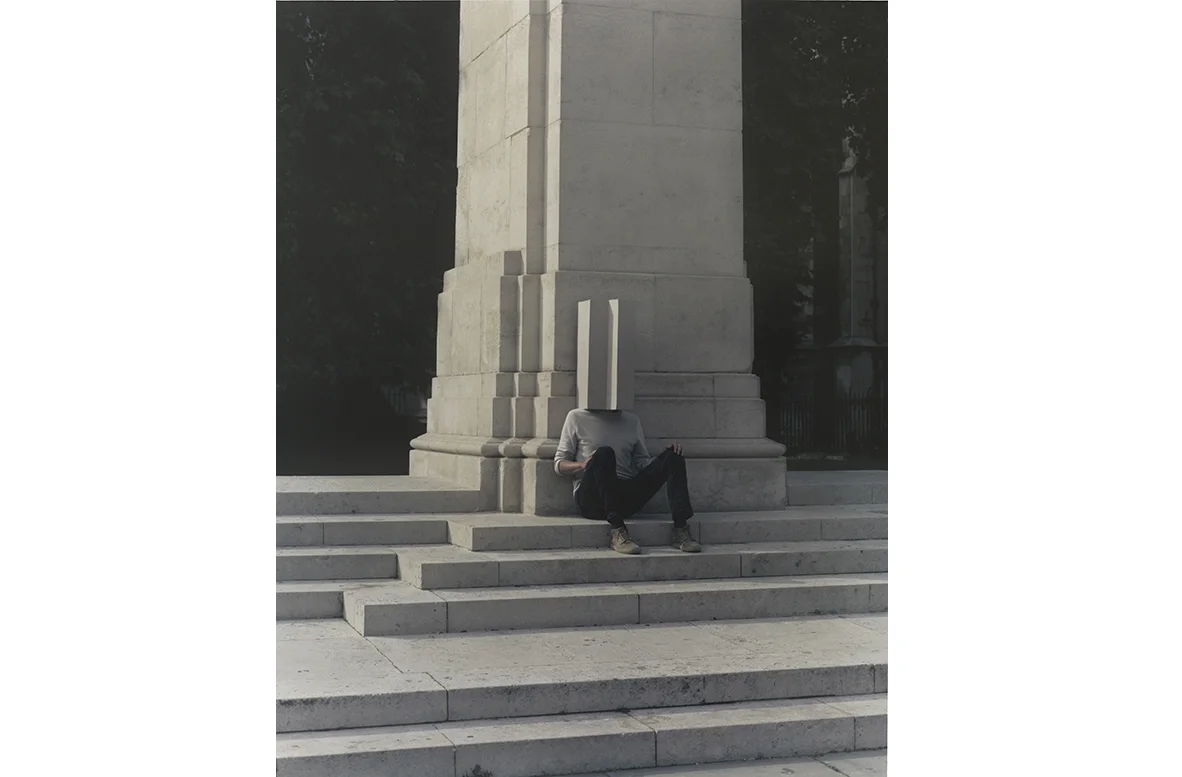Undersong consists of a three-screen video installation and a sound and poetry walk. The project is rooted in the Isle of Portland in Dorset from where Portland stone has been quarried for centuries and exported for use in building civic, royal and ecclesiastical buildings, monuments, and banks. Through song, touch and quiet melodic performance the piece explores the stones connection to the double, loss, permanence and power.
Sound Design by Erik Medeiros
Holly Corfield Carr on Undersong
A light sweeps over three faces in the dark. To the left, a kiss grazes the lip of a carved stone architrave. To the right, an obscured profile seems to turn towards the shadow. Dead centre and dead on, however, a face looks out. This is something of a pareidolic sympathy, our human inclination to recognise a human face in the rock (or in the moon or in a slice of toast). Two patches of soft light settle like eyes in their sockets. A vertical line convinces as a nose. The quick curve of a chin and there it is: wholly human and looking right at you. But the light moves again, recasting this gentle intrusion to a starker extrusion of form. The face is instantly ― and always was ― not a face but the back of a mask. In all ways, this is a relief.
As the video closes, a chorus of voices struggle against the roar of the machines, adopting a throat singing technique to split the note into two: the note, a sort of undersong, and its harmonic soaring one octave above. A single voice doubles itself, wavering in and out of something almost familiar. It is worth noting that none of Bilton’s masks have a visible mouth but once the bodies and the buildings have gone, their voices break like the beginning of language.





































